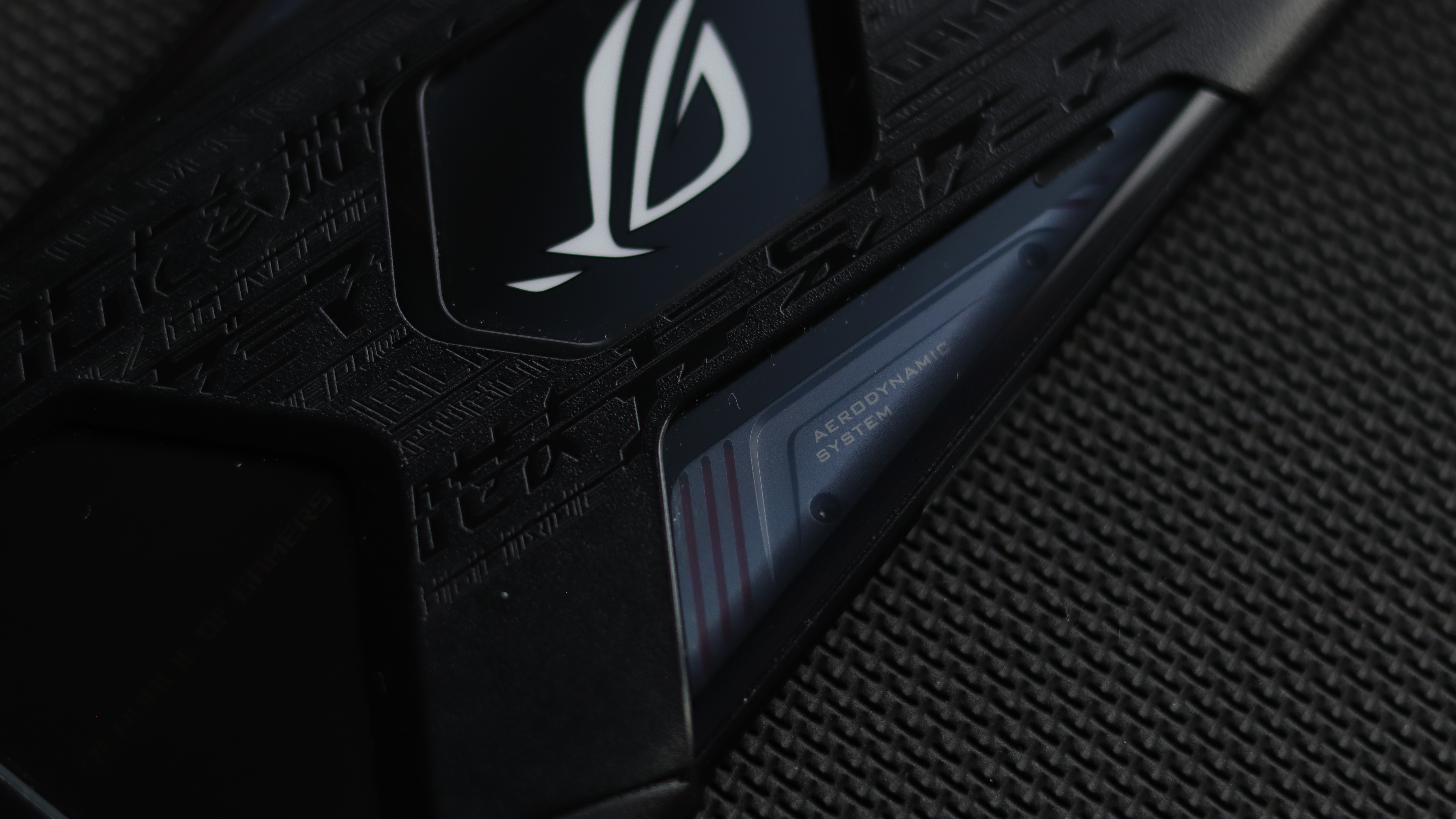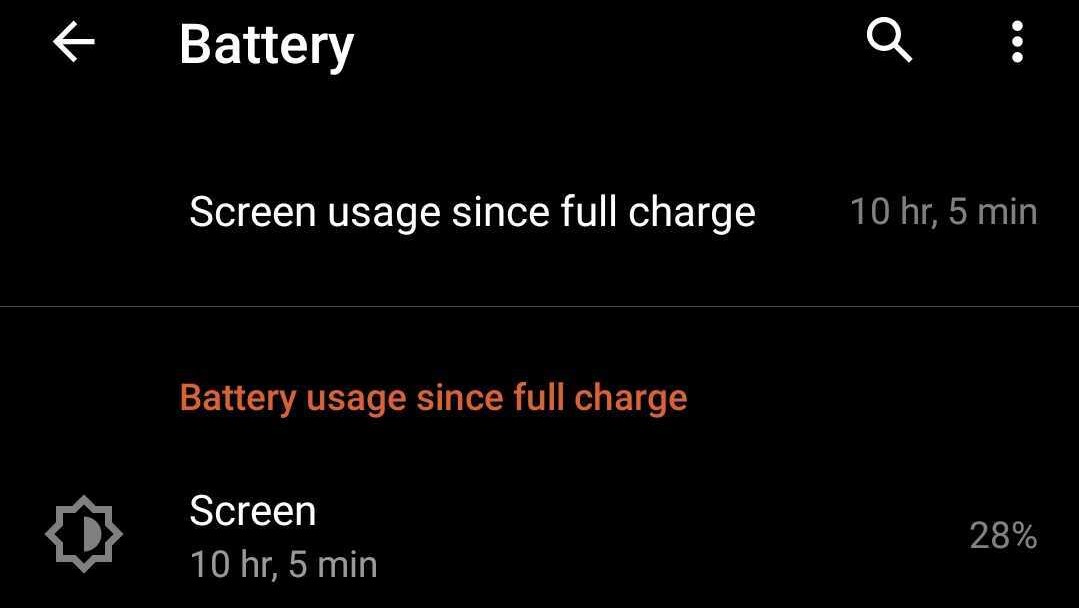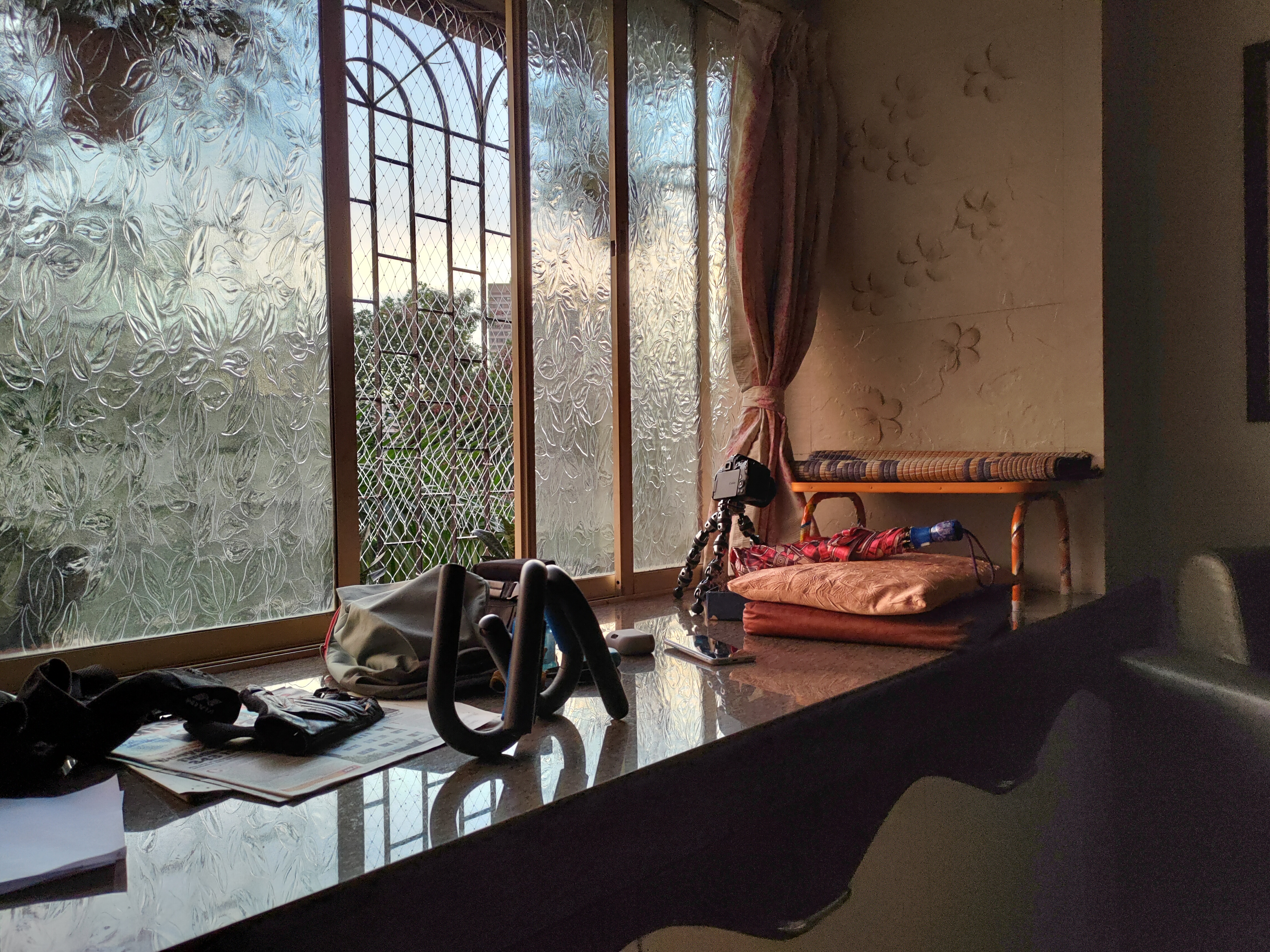Why you can trust TechRadar
Battery and charging
- 6,000mAh battery
- 30W fast charging
- Multiple battery safety faetures

With a 6,000mAh pack, the Asus ROG Phone 3 has the biggest battery on any current flagship. The capacity is the same as its predecessor, as apparently there was no more space for a bigger battery. That is also why wireless charging didn’t cut.
As expected, this battery behemoth is impossible to kill in a single day. We’re talking about over 10 hours of screen-on-time with moderate use at 144Hz, which is close to two entire days of use for most users. Even on heavier days, we could squeeze out 6-7 hours of use which is still amongst the highest on Android flagships.
The good stuff continues to charging as well. The included charger can output at 30W (10V 3A), which takes the phone from 0 to full in under two hours. Not the fastest, but we’re not going to complain considering the size of the battery. Moreover, it also supports Quick Charge 4 and Power delivery 3.0 charging standards, so you can continue enjoying fast charging using most chargers.
Did we mention that either of the ports can be used for charging?

Just with these, the ROG Phone 3 would’ve scored high in this department, but Asus takes things to the next level, once again. Under battery settings, you can access the PowerMaster toolkit which has features to increase the battery’s health and life in the long term. You can select which apps get permission to launch at the start in the background, switch between battery profiles based on what mix you want between performance and efficiency, customize the power saver mode and even initiate slow charging.
The last one is particularly interesting. For all tech that runs on batteries, from phones to electric vehicles, fast charging has an adverse effect on the battery’s health in the long run. With PowerMaster, users can switch to slow and scheduled charging to bring down the output to just 10W and spread it over a longer duration. It can automatically regulate the speeds based on when you wake up. If that wasn’t enough, you can also limit the battery’s maximum capacity to 80% or 90%, thus saving on precious charge cycles. Without going into the specifics, limiting a battery to about 80% can increase the battery’s life span by nearly 2x.
These additions are equal parts practical and brilliant. It goes a long way in cementing that Asus really wants users to be able to get the most out of their ROG Phone 3, even after a few years.
Camera
- Triple-camera setup
- Uses the flagshpi Sony IMX686 image sensor

Subpar cameras have plagued gaming smartphones from the get. While the Asus ROG Phone 3 might not change that belief, it gets significantly closer than any other gaming phone. There are three cameras on the back this time, with a 64MP f/1.8 (Sony IMX686) primary shooter, followed by a 13MP ultra-wide lens and a macro camera. Selfies are handled by a 24MP shooter.
Sign up for breaking news, reviews, opinion, top tech deals, and more.
The primary camera does a good job with the colours but lacks sharpness and detail. Even the dynamic range is a little underwhelming. What we really liked was how prompt using the camera was. Not only is there virtually no shutter lag, even switching between modes is seamless.









The phone also has a plethora of shooting modes and features such as a Pro photo and video mode, HDR recording, slow-motion, time-lapse, motion tracking, night mode, HyperSteady etc. Such a comprehensive feature list is rare even on some camera-centric phones, which is commendable.
Being a gaming phone, we won’t be too hard on the ROG Phone 3’s camera performance. While it is not comparable to others in this segment, we think that’s absolutely fine. Asus’s priorities are different, which allocates lesser importance to the cameras. Considering how good everything else is, we will let this pass. If cameras are your priority, look elsewhere.
Verdict

- The best gaming smartphone you can buy
The Asus ROG Phone 2 from last year was a great gaming smartphone at a decent price and was thus an easy recommendation. The ROG Phone 3 takes almost everything a notch higher without feeling convoluted, improves the user experience in a meaningful way while being just a little more expensive.
For those that are looking for a high-end gaming smartphone, the Asus ROG Phone 3 takes the top spot with hardware-software chemistry like no other, which combine to provide a great gaming experience that few others can match. We also haven’t seen as many gaming smartphones this year as we did last year, making it an even easier recommendation. The only current-gen phone that comes close is the iQoo 3, but it doesn’t even have a high refresh rate display, let alone all the other extras.
The surprising bit is how well it held up even as a regular phone. It transforms into a power user’s dream device that can handle everything thrown at it with ease. The definition of gamers doesn’t stop at just those who play games on their machines, but also includes those who want to get into the smaller aspects of the device, control everything and customize the entire experience. If that sounds like you, then the ROG Phone 3 will satisfy you like no other smartphone can.
For everyone else who wants a standard phone that runs well, has great cameras and doesn’t look like a Decepticon, there are ample options in this segment such as the OnePlus 8 Pro, the Xiaomi Mi 10 and even the iPhone SE (2020) till an extent.

Aakash is the engine that keeps TechRadar India running, using his experience and ideas to help consumers get to the right products via reviews, buying guides and explainers. Apart from phones, computers and cameras, he is obsessed with electric vehicles.
